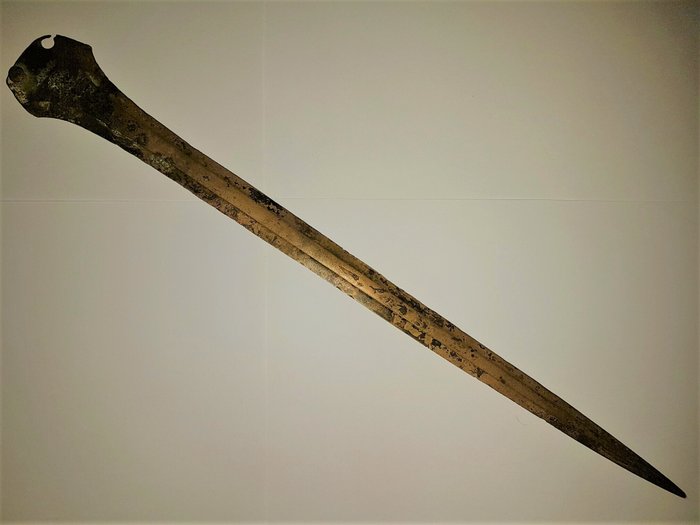wolfteethclub
White Belt
I think I've heard there have been techniques and styles lost to time but does anyone know if these techniques are still documented/practiced or do you think they got lost to time/destruction as well? Can you guys provide any evidence? The reason I ask is becuase I've seen a kung fu video where a guy puts his hands on his hips and keeps repetitively turning his hips with his arms and have been wondering if this is more ceremonial or something, since it doesn't look viable in any way and the instructor doesn't even mention how to use some of these moves. I saw it on youtube but can't find the video or remember the style.
Also do any ma styles have moves exclusive to just a certain type of wepaon you won't find in another? My understanding is many martial arts share alot of the same movements because the body can only move in so many ways.
Does weapon based fighting use the same positions/movement as their empty handed couterpart or are there variances even in the same style? And do all weapon styles employ an empty handed version as well?
Also does anyone reccomend and video series where they show how to fight with one weapon versus another? I've been looking alot at the kung fu styles but can't really anything. Will I get a rough approximation of how this might work for kung fu weapons (or other styles?) if I look at HEMA videos or manuscripts?
Can a bigger and/or stronger opponent swing his body weight or a weapon faster/or the same and recover faster/or the same of someone smaller in size swinging the same weapon or a lighter one even? Are there any videos on this or other research that you guys can point me to on the matter?
Finally how can one really know what moves are viable in a fight from any discipline versus each other? Can something like this be tested on a 1:1 ratio?
Thankyou!!
Also do any ma styles have moves exclusive to just a certain type of wepaon you won't find in another? My understanding is many martial arts share alot of the same movements because the body can only move in so many ways.
Does weapon based fighting use the same positions/movement as their empty handed couterpart or are there variances even in the same style? And do all weapon styles employ an empty handed version as well?
Also does anyone reccomend and video series where they show how to fight with one weapon versus another? I've been looking alot at the kung fu styles but can't really anything. Will I get a rough approximation of how this might work for kung fu weapons (or other styles?) if I look at HEMA videos or manuscripts?
Can a bigger and/or stronger opponent swing his body weight or a weapon faster/or the same and recover faster/or the same of someone smaller in size swinging the same weapon or a lighter one even? Are there any videos on this or other research that you guys can point me to on the matter?
Finally how can one really know what moves are viable in a fight from any discipline versus each other? Can something like this be tested on a 1:1 ratio?
Thankyou!!
Last edited:

